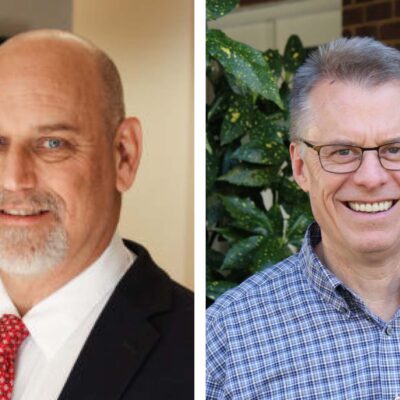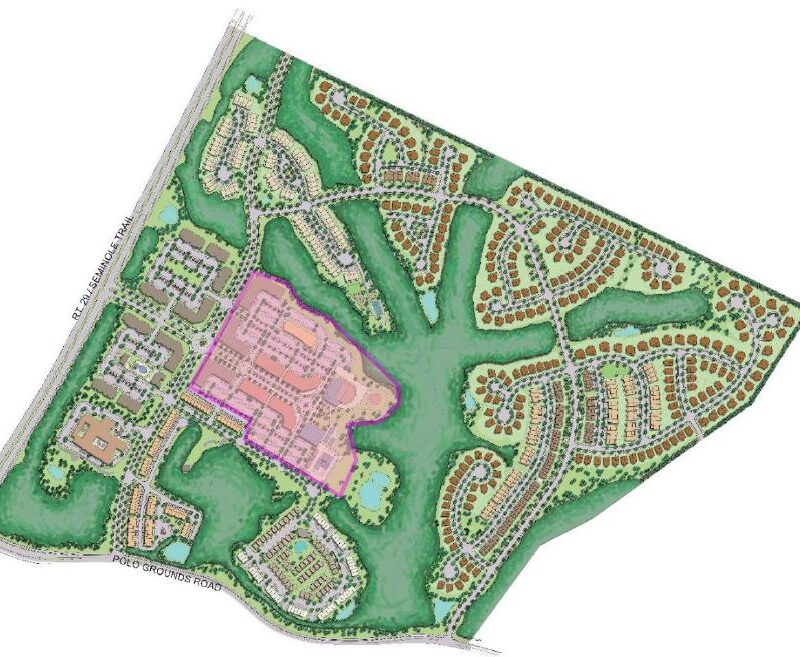It was only four months ago that local architect Bill Atwood enthusiastically discussed a new, scaled-back design for the Waterhouse project to comfortably sit on Water Street. The change in size was, in part, due to both financing issues and a look at green features. “It’s just the way things are from this point forward,” he said in December. “We think that the concept is green, the green you can experience, not just ‘the green roof,’ but the green to walk around and through.” Back then, he was referring to cozy cottages that would have decorated the area adjacent to the Lewis & Clark building.
|
Bill Atwood’s new design for the Waterhouse project is smaller in scale than the first two, but it still incorporates Atwood’s famous water catchment feature. “We are calling it blue. Blue architecture, catching water,” he says. |
This time around, on April 21, Atwood presented the Board of Architectural Review (BAR) with an updated design for the same project without the cottages and courtyard. In their place, a one-story, green parking structure with entrances on both Water and South streets, fills the space. Brent Nelson, a South Street homeowner, came forward to voice his disappointment. From South Street, he said, the parking “looks like a concrete bunker with vines.” Members of the BAR agreed. Fred Wolf, chairman of the board, wanted to see a more “inventive and creative way” to make a parking structure greener, he said. Atwood sat and listened. “I’ve known Brent Nelson for about 30 years and I have a lot of respect for him. I got the clear message that they, even though it was really one level, they were not happy with the enclosed parking structure,” he says.
Atwood’s difficulty in coming up with a design that would please both parties relies on a rather peculiar real estate issue. “I don’t have frontage on South Street,” says Atwood, referring to the presence of a “spite strip” that connects the Lewis & Clark building and his lot. The strip is a narrow piece of land that works as a buffer between one landowner’s property and another, preventing the latter any access. “It’s a really cooperative dilemma we have to work through with the neighbors, the Lewis and Clark people and the BAR,” says Atwood.
The new and smaller design, however, still includes the feature for which Atwood is most renowned: water catchment. “We are calling it blue. Blue architecture, catching water,” he says. “I don’t think the people are hearing the need to catch water. We started this project three years ago, and now I have to say the world has been turned over like a pancake.”
The financial meltdown hasn’t spared local construction. Securing viable financing has been a problem. Back in December, Atwood revealed that a loan commitment with Lehman Brothers, which went bankrupt, put the project in peril.
“The power of the banking industry now has been depleted to the point that the gold standard for getting something financed centers around having commercial user/buyer,” he says now. “We have always had a major commercial user/buyer, that person, who I cannot reveal, has gotten more successful, some power and has the ability of becoming a major player in the project.”
C-VILLE welcomes news tips from readers. Send them to news@c-ville.com.






